‘The wall must fall’ – but what’s the future for Piccadilly Gardens?
- Written by Ray King
- Last updated 5 years ago
- City of Manchester, Civic

As the design team tasked with transforming Piccadilly Gardens starts work, Manchester Civic Society demanded that the hated concrete wall – likened by many to the Berlin Wall – separating the gardens from nearby trams and buses be demolished.
Steve Speakman, the society’s chairman, said: “We abhor the Berlin Wall and whatever the difficulties, the council should make strident efforts to remove it – notwithstanding the problems of ownership.
“We also lament the passing of the iconic sunken gardens which gave Manchester city centre its identity for almost a century. We believe that, given adequate security in place, they could have continued in their iconic form.
“Going forward, any new design must avoid being a bland, ubiquitous plan that could be anywhere and become distinctive again.”
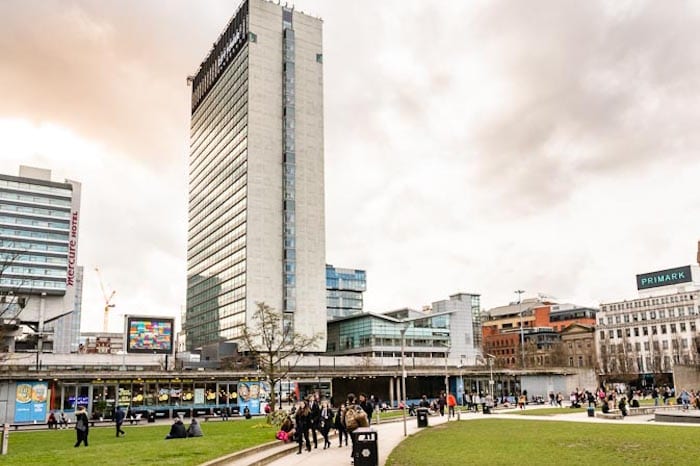
The society also called for the statue of Queen Victoria on the north edge of the gardens – which they say is in “a woeful state” – to be cleaned up and given a place of prominence in the gardens.
The Civic Society’s demands however are likely to fall on deaf ears, for although the free-standing section of Japanese architect Tadao Ando’s wall will be removed, the main section backing the so-called “pavilion” of shops and cafés is owned by pension fund Legal and General – it came when the company bought the office block One Piccadilly Gardens for £75 million in 2014 – and is subject to a 250-year lease.
In 2017, L & G submitted proposals for replacing the pavilion with new buildings – and removing the wall – but the £10 million scheme was withdrawn 18 months later as financially unviable.

The viability of the scheme was linked to the continuing decline in the fortunes of mid-market chain restaurants, but L & G have apparently shown no inclination to relinquish the lease of the pavilion site.
The whole sorry saga of Piccadilly Gardens began in the late 1990s when the town hall decided to sell part of the gardens along Portland Street for development to fund their redesign and improvements to the public realm. It was part of a deal that saw the owners of Piccadilly Plaza refurbish the hotel and office complex.
The thrust of the new design for Piccadilly Gardens was to reduce maintenance costs and eradicate antisocial behaviour – mainly groups of problem drinkers – by increasing public footfall. Neither seems to have worked.
Grassed areas are continually having to be re-turfed and parts of the gardens have become notorious for drug dealing, problem drinking and too often, violence.
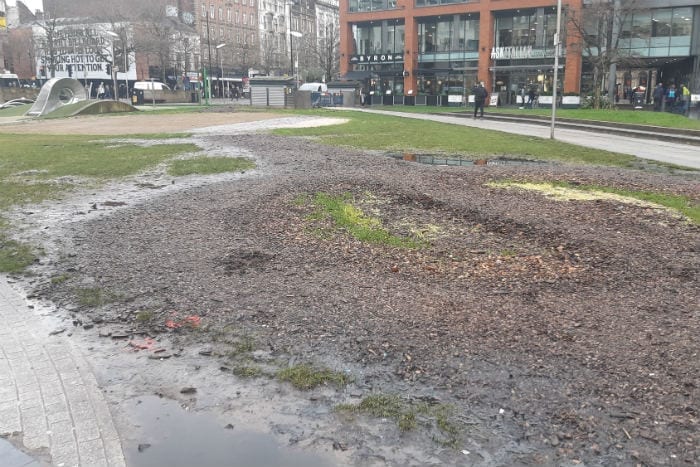
LDA Design (Manchester) will now come up with a number of outline schemes which Manchester residents and businesses will then be consulted on in the spring.
They were the landscape architects behind the previous scheme, which attracted broad public support before being withdrawn.
The Council would like to keep many of the core elements of that original scheme including new planting, improved lighting and design to help deter anti-social behaviour, raising grassed areas and re-laying paths to repair the damaged areas.
The main part of the pavilion wall will stay, but there’s now “an aspiration” to soften its appearance, transforming it into a green ‘living wall’ and by removing the free-standing part of the wall.
The plans will also take in a wider area than the previous scheme, expanding the area under consideration to include the section of Piccadilly to the north of the gardens, Parker Street to the south and Mosley Street to the west.
Council leader Sir Richard Leese said: “We know that Piccadilly Gardens is a major issue for a lot of people which they have strong views about. We are committed to funding and bringing forward a scheme that will both improve its appearance and help make it more of a welcoming, family-friendly space.
“We look forward to sharing further ideas and details with the public and having a conversation on how best to improve the gardens as soon as we are in a position to do so.”
- This article was last updated 5 years ago.
- It was first published on 20 January 2020 and is subject to be updated from time to time. Please refresh or return to see the latest version.
Did we miss something? Let us know: press@ilovemanchester.com
Want to be the first to receive all the latest news stories, what’s on and events from the heart of Manchester? Sign up here.
Manchester is a successful city, but many people suffer. I Love Manchester helps raise awareness and funds to help improve the lives and prospects of people across Greater Manchester – and we can’t do it without your help. So please support us with what you can so we can continue to spread the love. Thank you in advance!
An email you’ll love. Subscribe to our newsletter to get the latest news stories delivered direct to your inbox.
Got a story worth sharing?
What’s the story? We are all ears when it comes to positive news and inspiring stories. You can send story ideas to press@ilovemanchester.com
While we can’t guarantee to publish everything, we will always consider any enquiry or idea that promotes:
- Independent new openings
- Human interest
- Not-for-profit organisations
- Community Interest Companies (CiCs) and projects
- Charities and charitable initiatives
- Affordability and offers saving people over 20%
For anything else, don’t hesitate to get in touch with us about advertorials (from £350+VAT) and advertising opportunities: advertise@ilovemanchester.com
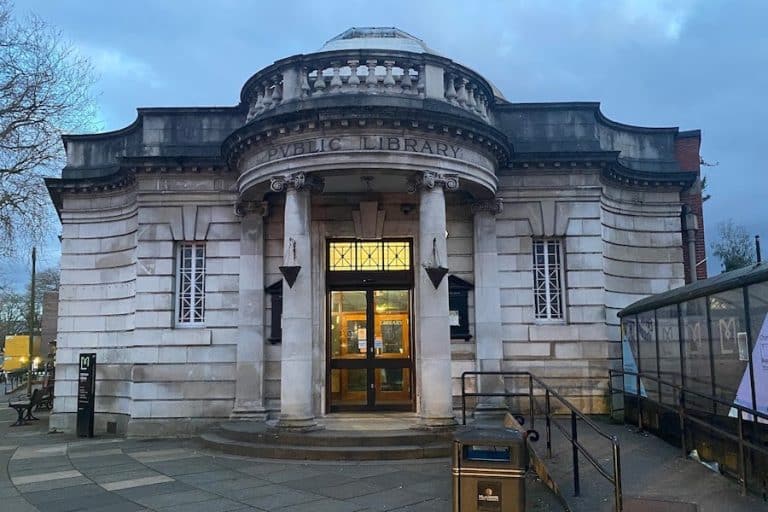
Chorlton Library gets a stunning renovation unveiling hidden treasures

How one selfless act sparked a career dedicated to saving lives
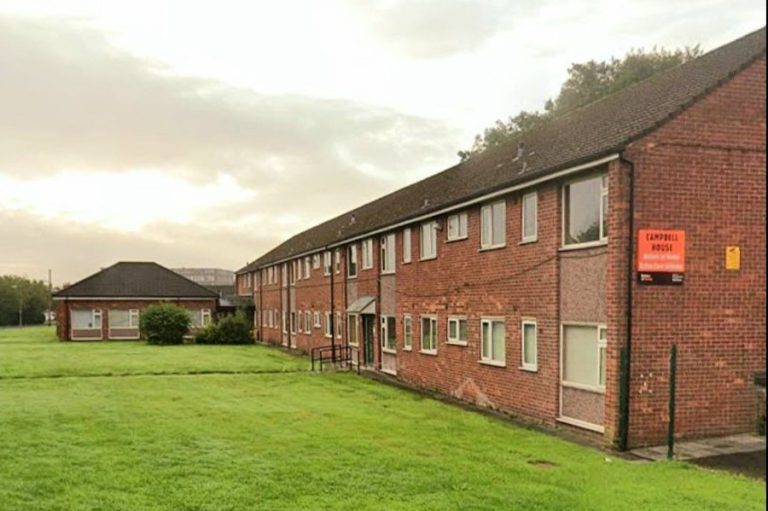
Former sheltered housing transformed into safe haven for vulnerable youth

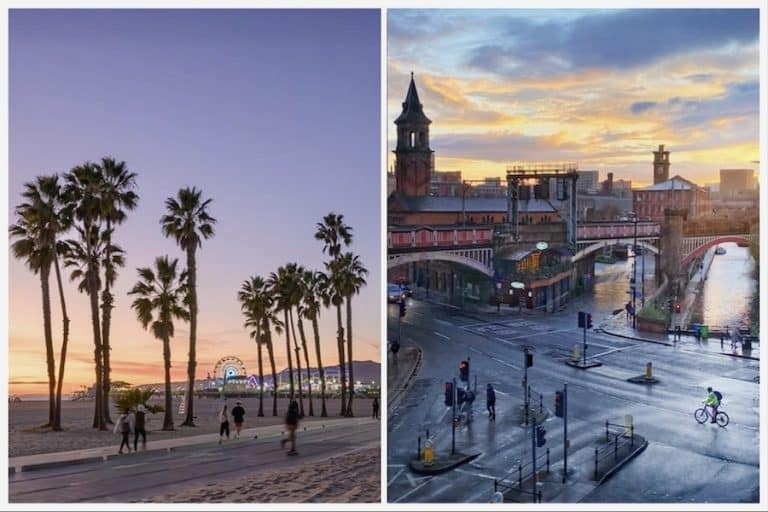
Manchester and Los Angeles prove that opposites really do attract
















